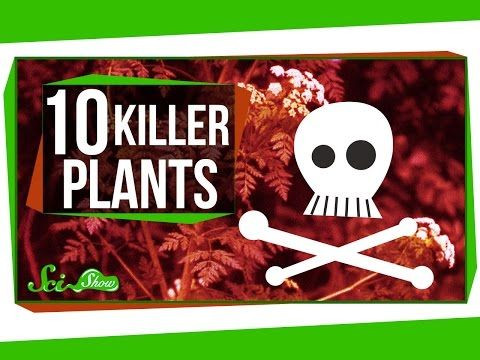COVID-19: The Need, Encore, to Separate Fact from Fiction

First things first. Oleandrin, derived from the toxic plant oleander, might be a life-saver, if that life is being threatened by certain cardiac events. Even then, medical experts say, its toxicity levels are such that one slip-up, like a wrong dose, could prove fatal. This plant is known as a cardiac glycoside.
Second. Many peer-reviewed papers exist in the National Institutes of Health's database, PubMed, that have looked at oleandrin for medicinal purposes. Some were focused on whether oleandrin could help bone cancer cells accept chemotherapy more effectively. Other research looked at protecting brain cells against stroke or glioblastoma.
Third. Only one paper, whose research was based on cells, not on people, was found in the database. Dated July 15, 2020, it has not been peer-reviewed. In the world of science, a paper is nothing until that review happens.
Oleandrin, for those who retreated from hearing the news the last few days, is the White House’s latest “we’ll look at it” treatment for COVID-19. A major Trump supporter, a new board member to the company that produced the sole research paper, says he has spoken to the administration about oleandrin. Mike Lindell, a pillow manufacturer, told KTTC in his hometown of Minnesota that “all [Phoenix Biotechnology] wanted was an IND [investigational new drug application] to show that we can take it into hospitals to test it.” Drug investigation doesn’t work this way.
If you think any contact with a poisonous plant that hasn’t been put through the rigors of clinical trial examination is a bad idea, so do the professionals. "Since February of this year our poison control center has handled 5 requests related to oleander, including 1 this week," said Robert Bassett, DO, associate medical director, The Poison Control Center, Children's Hospital of Philadelphia. "I want to be clear, we advise against inducing vomiting for patients who have ingested or inhaled oleander. Unfortunately, the early signs and symptoms of cardiac glycoside toxicity may be subtle. Therefore, it is imperative that you seek immediate medical care if you have been exposed," he told Medical Daily in an email interview.
Since the pandemic began, the White House has touted various remedies. There was the hydroxychloroquine story, the disinfectant injection suggestion, the UV radiation proposal. All have been soundly rejected by the established medical community as COVID-19 treatments. After the oleandrin suggestion, the media and healthcare articles appeared, one by one, pronouncing it unproven, toxic, deadly.
So how do these pronouncements affect those of us anxious for some good news to emerge? Scott Roth, Psy.D, a licensed psychologist in Cranbury, N.J., said the level of fear and worry among some people reminds him of parents of children with autism. In that area, he said there are many untested treatments, such as chelation therapy, touted to help cure autism, but there has been no science to back them up. “When there is a sense of desperation, that can have a profound influence,” he said.
And it’s virtually impossible to ignore the politics involved in this story. Mr. Lindell, said Dr. Roth, has attached himself to President Trump. And as with the hydroxychloroquine and the disinfectant ingestion scares, “some people will trust it because of the messenger.”
The Take-Away
If someone swallows or is exposed to the oleander plant, leaf or stem, or to the yellow oleander, call the Poison-Help hotline: 800-222-1222. From there, you will be directed to your local poison center.



























